We've all had to justify our work. Here's your ammo. We've rounded up the cold, hard user experience research stats to help you win the 4 most common arguments against UXR:
- "It's not worth it": $1 invested in UX returns $100 (a 9,900% ROI). Top-quartile design-led companies see 32% higher revenue.
- "No budget": Fixing an error after development is 100x more expensive than fixing it before. Plus, 32% of customers will walk away after one bad experience.
- "No time": 5 users can find 85% of usability problems. This saves time, since developers spend 50% of their time on avoidable rework anyway.
- "We already know our users": 91% of unhappy customers don't complain—they just leave. And one study showed an internal "guess" had a 9% success rate vs. the research-backed version's 80%.
Connecting research to revenue is a phrase we've heard quite a bit—we've even built a Business 101 course around helping bridge that very gap for UXRs and Research Operations professionals.
So it's no wonder that there will be times to convey the value of research to your company to earn research budget allocation. To help you start (and win) the argument for UXR, we’re going to break down the 4 most common objections to doing research using cold, hard, stats. These will help you show your team that research is worth the time, budget, and effort—even in an uncertain economic climate.
Want to calculate your own statistics? Use our UX ROI & Impact Calculator before or after any research project to quantify how you're making a financial impact on the business.
Author’s Note: This blog was originally published in 2020. It was updated in October of 2025 with fresh statistics and expanded insights.
📈 “It’s not worth it”
- Nearly 50% of organizations claimed they can track the financial benefits of customer experience (CX) projects — Gartner
- Every dollar invested in UX brings $100 in return. This is an average figure, but it’s a ROI of an impressive 9,900%. — Forbes
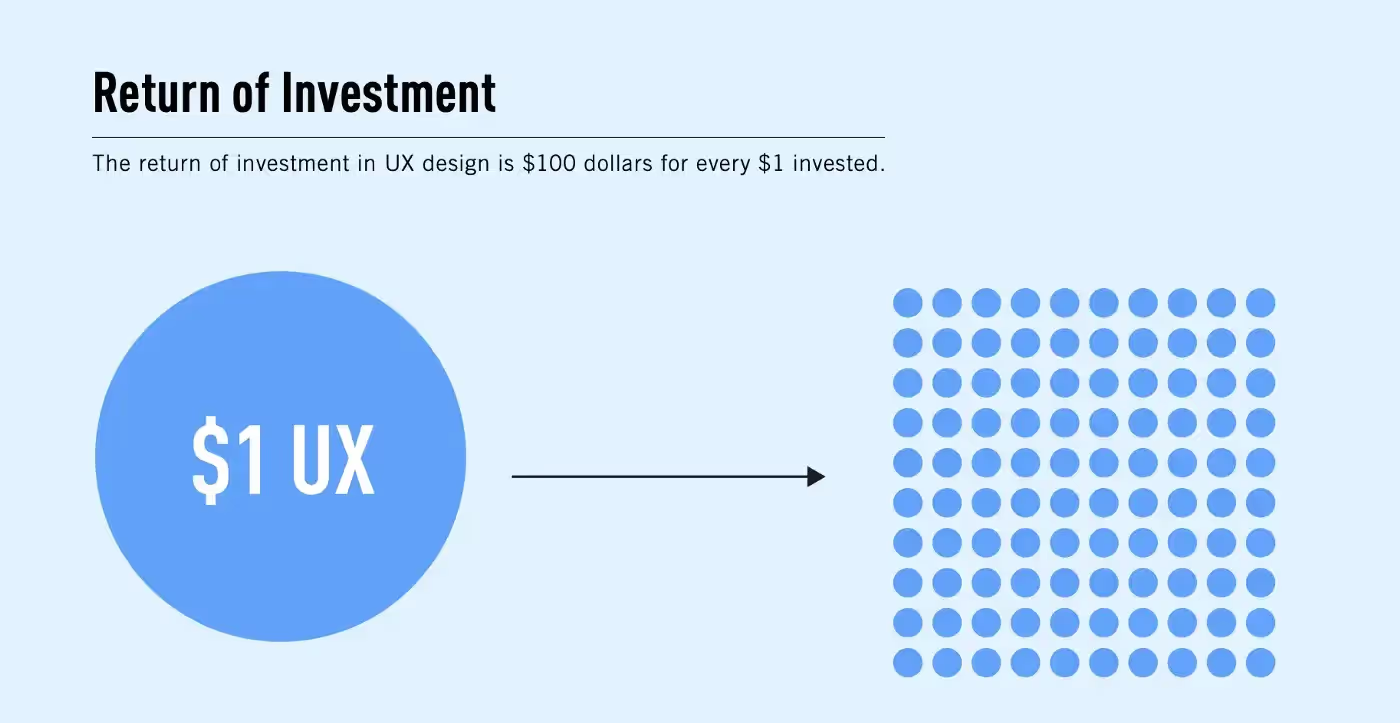
- Jared Spool worked with a major retailer to increase the number of customers purchasing by 45%. The change, driven by research, generated an extra $15 million in revenue in the first month. — The $300 million button, Jared Spool
- Anthropologie increased conversion rates by 24% with a UX redesign that improved its checkout experience. — UX Magazine
- Staples saw an 80% increase in the number of visitors, a 45% reduction in drop-off rates, and a 67% increase in repeat customers after a research-driven site redesign. — HFI, Staples Case Study
- Visit-to-lead conversions can be 400% higher on sites with a “superior user experience.” — The Six Steps For Justifying Better UX, Forrester
- After prototyping and testing various design solutions to improve their online enrollment application for online banking, Bank of America doubled the percentage of customers completing the process and exceeded their ROI benchmark. — Toptal, Bank of America Case Study
- McKinsey found a strong correlation between high MDI [McKinsey Design Index (MDI), which rates companies by how strong they are at design] scores and superior business performance. Top-quartile MDI scorers increased their revenues and total returns to shareholders (TRS) substantially faster than their industry counterparts did over a five-year period—32% higher revenue growth and 56% higher TRS growth for the period as a whole. — McKinsey & Co.
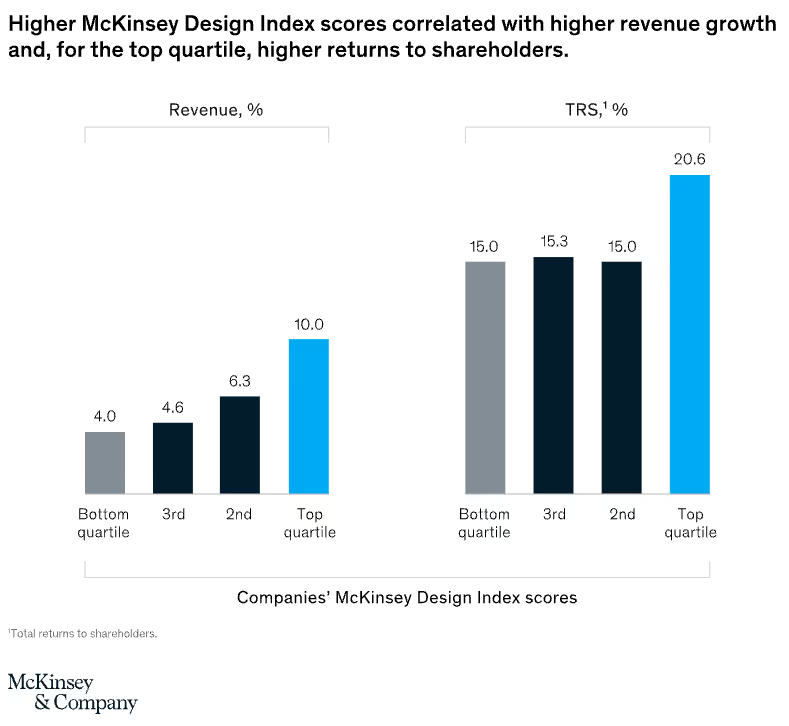
- Virgin America’s research-backed website redesign resulted in a 14% increase in conversion rates and 20% fewer support calls—and flyers booked nearly twice as fast, on any kind of device. — Toptal, The True ROI of UX: B2B Redesign Case Studies
- After revamping their website’s UX based on user feedback, HubSpot doubled (and tripled in some areas) their conversion rate. HubSpot receives upwards of 10 million visitors per month, so imagine the impact this had on revenue. — Toptal, The True ROI of UX: B2B Redesign Case Studies
💰 “We don’t have the budget to spend on a research project”
- The cost of fixing an error after development is 100x that of fixing it before development - The ROI of User Experience, Dr. Susan Weinschenk.
- According to a study undertaken by Forrester, companies which invest in the user experience see a lower cost of customer acquisition, lower support costs, increased customer retention and increased market share. — Amazon AWS
- In the first year after a company-wide initiative to improve UX, General Electric saw a 100% productivity gain in development teams and saved an estimated $30 million for the company. — Toptal, The True ROI of UX: B2B UX Redesign Case Studies
- By correcting usability problems during the design phase of their website, American Airlines reduced the cost of those fixes by 60-90%. - The Business Value of User Experience, Infragistics

- Research could actually earn you money—Customers are willing to pay more for the experience qualities that matter most to them: 43% of consumers would pay more for greater convenience, 42% would pay more for a friendly, welcoming experience and 65% of U.S. customers find a positive experience with a brand to be more influential than great advertising. - PWC
- Even when people love a company or product, 32% of all customers would stop doing business with a brand they loved after one bad experience. In the U.S., 59% will walk away after several bad experiences, 17% after just one bad experience. In Latin America, 49% say they’d walk away from a brand after one bad experience. - PWC
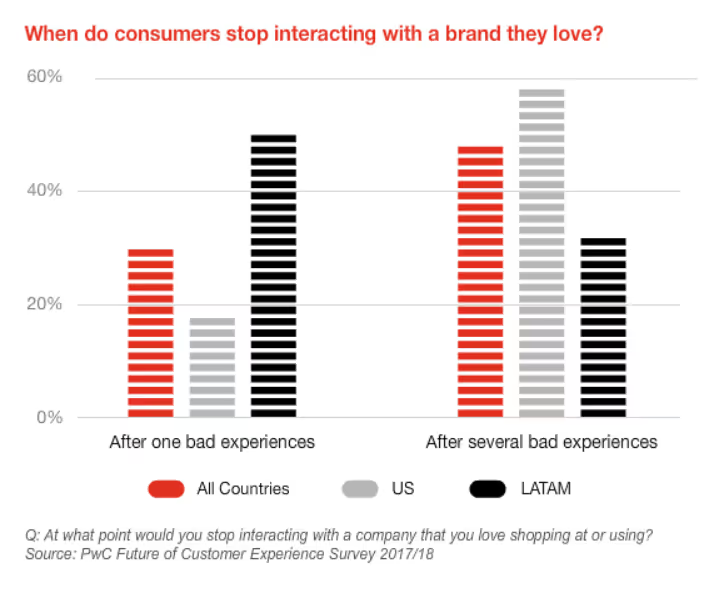
- It may not cost as much as you think—38% of researchers generally spend under $100 on an unmoderated study (25% spend $100 to $499). Budgets are similar for moderated research—23% say they spend under $100 per study, while a quarter (25%) report having a budget of $100 to $499 for a moderated study. — The State of User Research
- Teams do research on a wide assortment of budgets. The plurality of research budgets (29%) fall in the lowest investment group (<$25K). One fifth each has low-mid investment ($25K+-100K) or high-mid investment ($100K+-$500K). And just under one fifth (17%) said their budget was in the highest investment group ($500K+). — The Research Budget Report 2025
- Getting creative can help you save money on incentives—14% of researchers give product subscriptions/discounts as incentives. 10% give out physical incentives like swag, and 10% offer raffle-based incentives. — The State of User Research
💸 Learn tips for doing research on a shoestring budget in You Have to Pay People for Their Time.
⏳ “We don’t have enough time to do research”
- Testing with just 5 users can uncover 85% of usability problems — Why You Only Need To Test With 5 Users, Nielsen Norman Group
- When organizations invest in UX during a project’s concept phase, they reduce product development cycles by 33 to 50%. — Improve Customer Experience with UX Investments that Increase ROI, Interaction Design Foundation
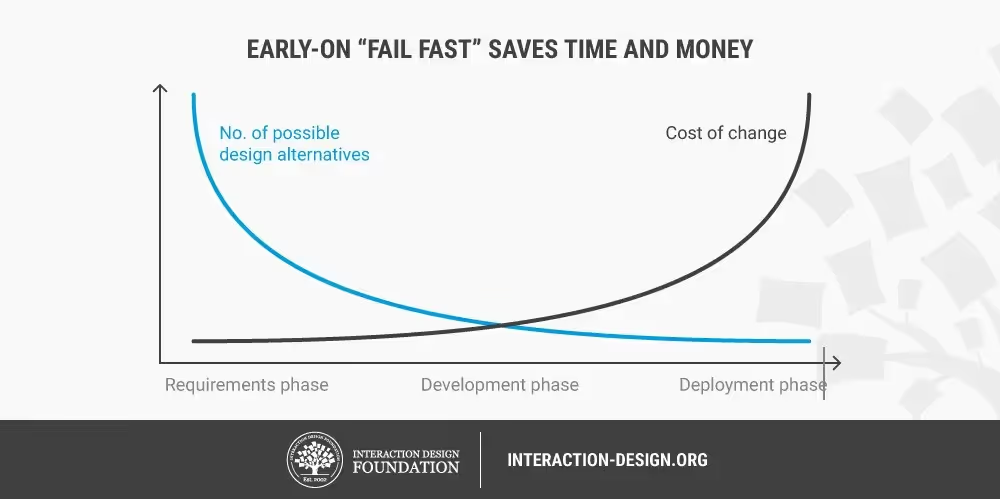
- If you recruit 10 participants per month, recruiting with a tool like User Interviews can save you 108 hours annually. - The User Interviews Cost Savings Calculator, based on data from Glassdoor and Nielsen Norman Group.
- Developers spend 50% of their time on avoidable rework. — Amazon AWS

- According to Massachusetts Innovation and Technology eXchange, UX design saves 50% of development rework time by defining all the requirements upfront. Moreover, it reduces overall development time by 33–50% by improving decision-making process and task prioritization. — Experience Dynamics
⏰ Looking to save time on research? User Interviews is the fastest way to recruit. In fact, our median time to first-matched participant is just one hour. Sign up free today.
🧠 “We already know our users well; we don’t need to do research”

- Are you sure you know your customers? 91% of unsatisfied customers don’t complain about their bad experience— they simply leave without giving feedback. — CCC
- If you’re wrong, you risk losing nearly a third of your customer base—32% of all customers would stop doing business with a brand they loved after one bad experience. — PWC
- There’s always more to learn, even from the same group of people—66% said that at least half of their research sessions are conducted with participants from their own audience. 10% said they only conduct research with their own panel. — The State of User Research 2025
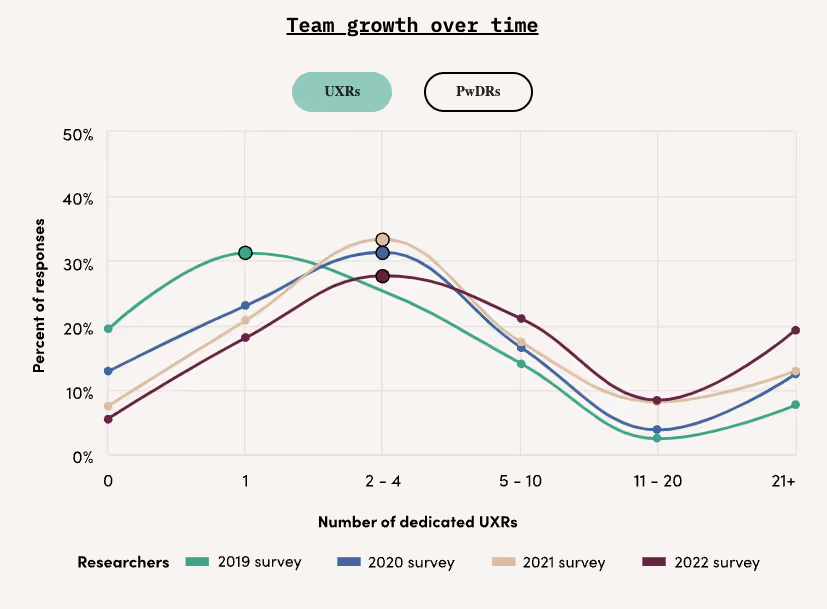
- Through conducting user research to better understand their customers’ needs, then using those insights to increase the satisfaction of their most profitable customers, United Airlines doubled the number of daily sessions and increased online ticketing by 200%. — The Business Value of User Experience, Infragistics
- Even if you think you already know your users, focusing on learning their needs and fulfilling them can help you increase prices. Companies that make customer experience a priority can charge a premium of up to 16% for their products and services. — The Future of CX, PWC
- 53% of consumers feel brands fail to meet their experience standards — Closing the CX Gap, Acquia
- Not doing research could leave you behind your competitors. 65% of enterprise experience employees said there has been an increase in demand for UX research. — The State of UX in Enterprise 2019, UserZoom.
- When Nielsen Norman Group tested two navigation schemes for an ecommerce website, they saw an 80% success rate with the navigation scheme that was structured according to research about the customer’s mental models vs. a 9% success rate with the navigation scheme structured according to the team’s internal thinking. — Do Interface Standards Stifle Design Creativity?, Nielsen Norman Group
Make the business case for UX research
Next time your stakeholders make excuses about why right now isn’t the right time for research, these stats can help you show that research is incredibly valuable to the product development process, and to your company’s bottom line. User research can help your team build better products, feel more connection with your users, and most importantly, help increase revenue. It’s not an extra step in the process, it’s an integral part of it!
For more help demonstrating the value of UX research, check out these resources:
- The Research Strategy Report 2025
- Showing the Value of User Research: The Ultimate Guide
- How to Get Stakeholder Buy-In Using Linguistic Mirroring
- Getting Stakeholder Buy-In for User Research at a Large Organization with Meg Pullis Roebling of BNY Mellon
- How to Break Open the UX Research Recruiting Bottleneck
- No Budget? No Excuse. Here’s How to Do User Research on Any Budget



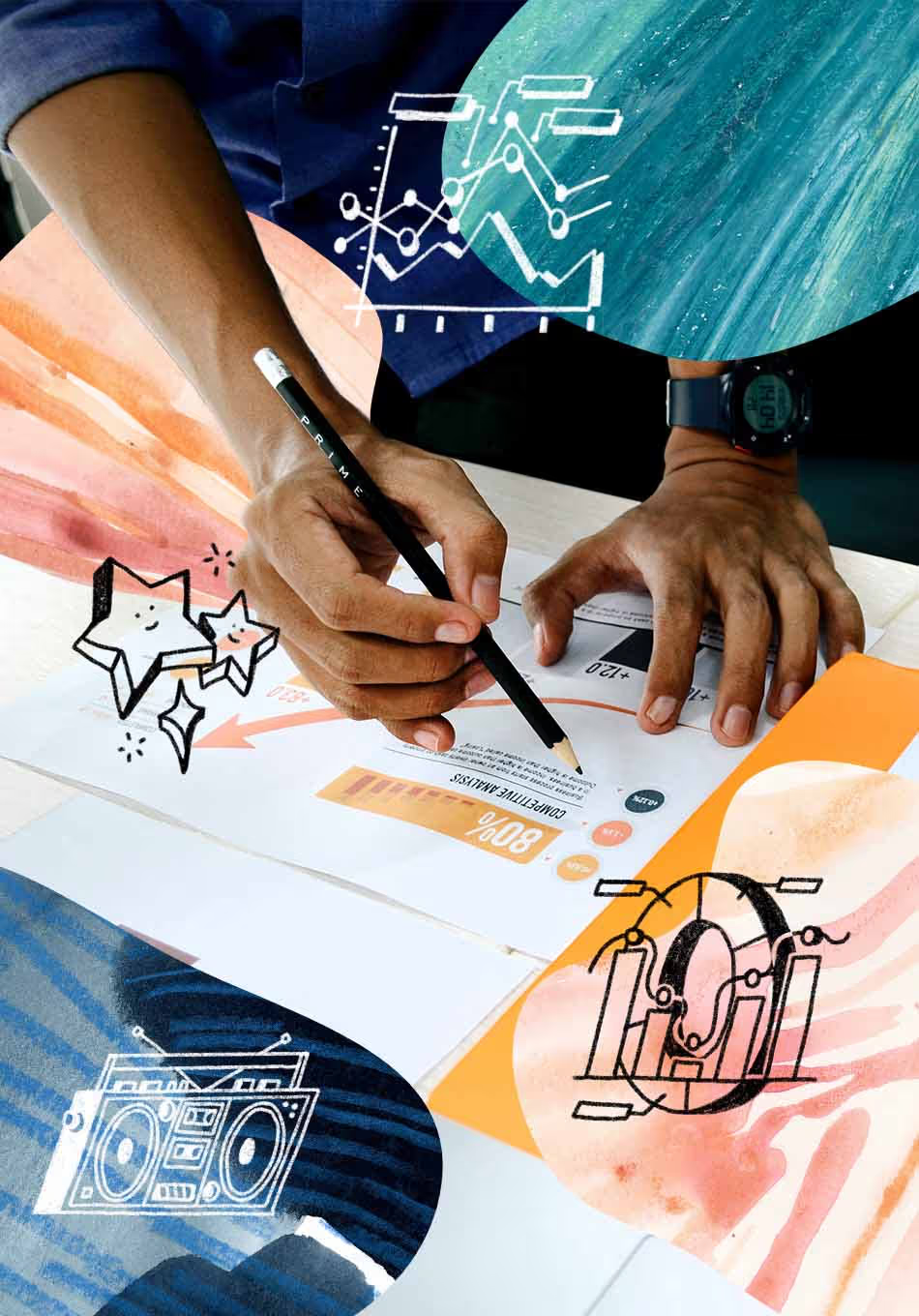
_1.avif)














